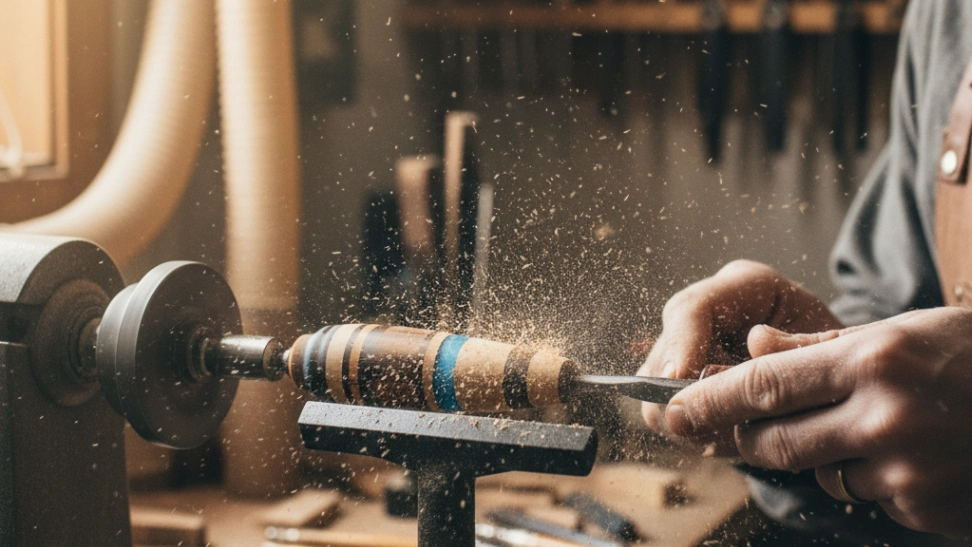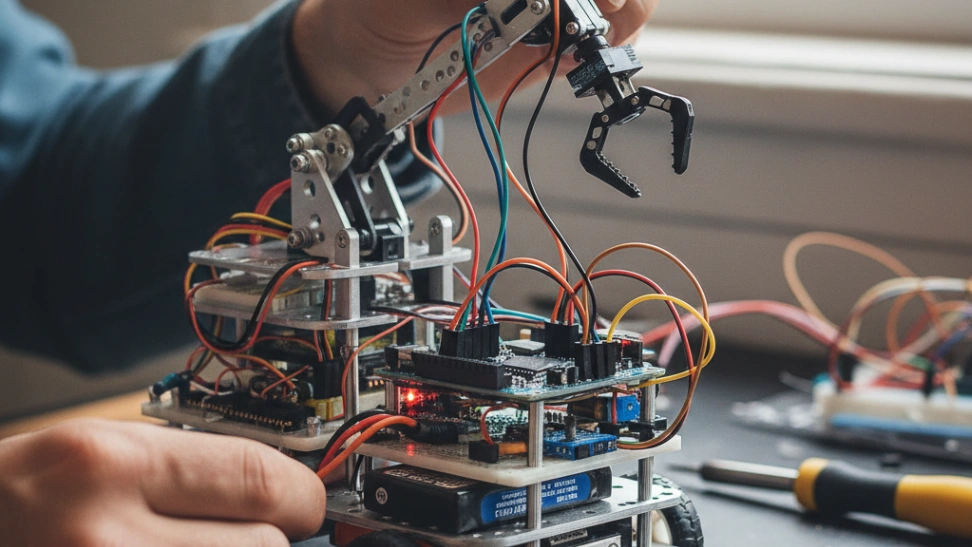Is This Hobby For You?
This hobby is ideal for individuals who enjoy woodworking, precision crafting, and creating beautiful, functional objects with a personal touch.
Why You'll Love It
- Create truly unique and personalized gifts for friends and family.
- Enjoy a satisfying blend of artistic expression and practical utility.
- Develop valuable woodworking skills and master precision crafting techniques.
Good to Know Before You Start
- Initial investment in a lathe and tools can be significant for beginners.
- Requires dedicated space, as it can generate dust and noise.
- Achieving consistent, high-quality results takes considerable practice and patience.
Hobby Traits
How the community rates this hobby.
Getting Started: The Essentials
The basic requirements to begin your journey with Pen Turning.
Startup Cost
$500
Community-voted average
Ongoing Cost
Very Low
Monthly upkeep estimate
Essential Gear
Mini Lathe
A compact woodworking lathe suitable for small projects like pens.
Turning Chisels/Gouges
Specialized tools for shaping wood or acrylic on the lathe.
Pen Mandrel
A specialized rod that holds the pen blank securely on the lathe.
Pen Blanks
Pre-cut pieces of wood, acrylic, or resin that will be turned into pen barrels.
Pen Kits
Hardware components (clips, nibs, refills, mechanisms) needed to assemble a functional pen.
Sandpaper & Finishes
Various grits of sandpaper for smoothing, and lacquers/polishes for protecting the finished pen.
Safety Glasses
Essential eye protection to shield against flying debris.
Learning Curve
Overall Difficulty: Easy
Associated Skills
Skills you can expect to develop while pursuing this hobby.
A Closer Look at the Traits
Very Calm
A deeply relaxing and meditative activity with minimal physical effort.
Fairly Practical
You learn a useful skill, but the process is also a major part of the enjoyment.
Purely Indoors
Best enjoyed in the comfort of your own home or a dedicated indoor space.
Moderately Mental
Primarily a mental activity, but may have some light physical components.
Purely Creative
A highly creative and expressive outlet for your imagination and artistic side.
Very Solo
A deeply personal and solitary activity, perfect for quiet time and introspection.
Frequently Asked Questions
Hobby Traits
How the community rates this hobby.



